The development of the Villiot garden continues with the design of the mandala, a set of cultivation plots in the shape of flower petals.
A cardboard template is used to trace the petals so that they are all equal. The centre is first identified, then the petals are traced 2 by 2, in mirror image to the centre, then in the perpendicular axis, to obtain a perfect symmetry of the flower. Once the first 4 petals have
been made, the next 4 will be traced in a median axis. On the previously weeded ground, the petals are first dug to a depth of 30cm. The soil removed from each hole is separated into two piles: the lower layer, which will be reintroduced first, and the upper layer, which will be enriched with potting soil to form mounds.
When filling, decomposing planks from the previous planters are first placed in the bottom and then alternated with layers of soil from the bottom layer, branches and dead leaves. These various components will absorb moisture and allow the soil to build up a water reserve for the plants.
The mound is then finished with the top layer of soil enriched with potting soil in order to maintain a light, dark soil structure to delimit the path and the crop and to avoid soil compaction and trampling.

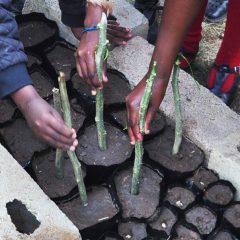


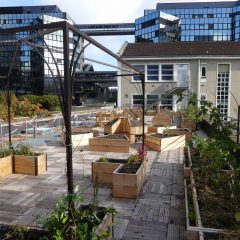


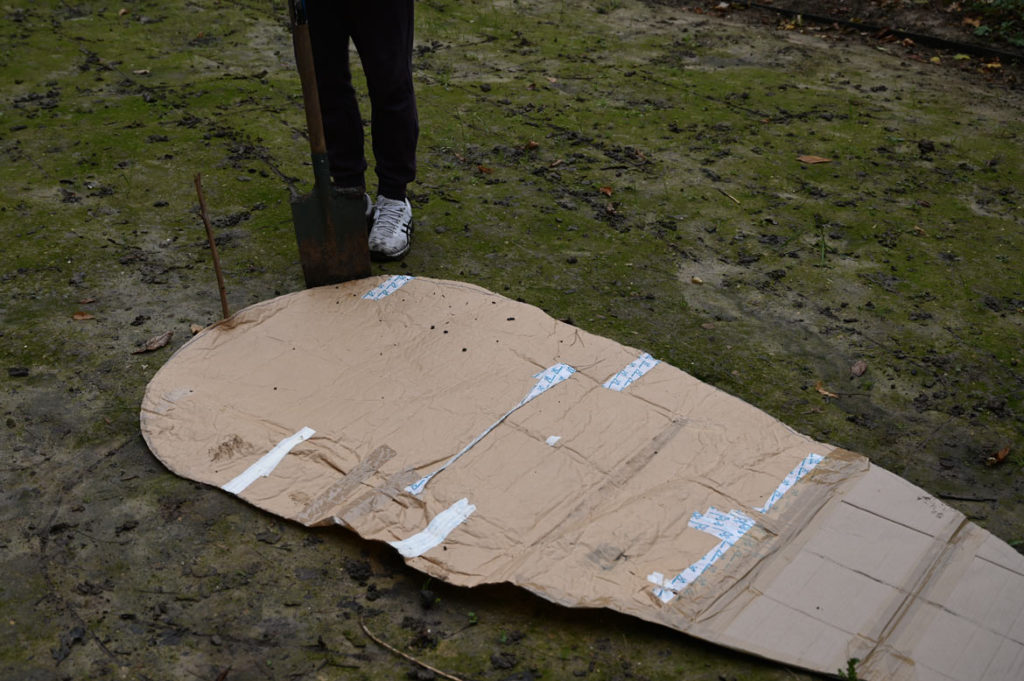


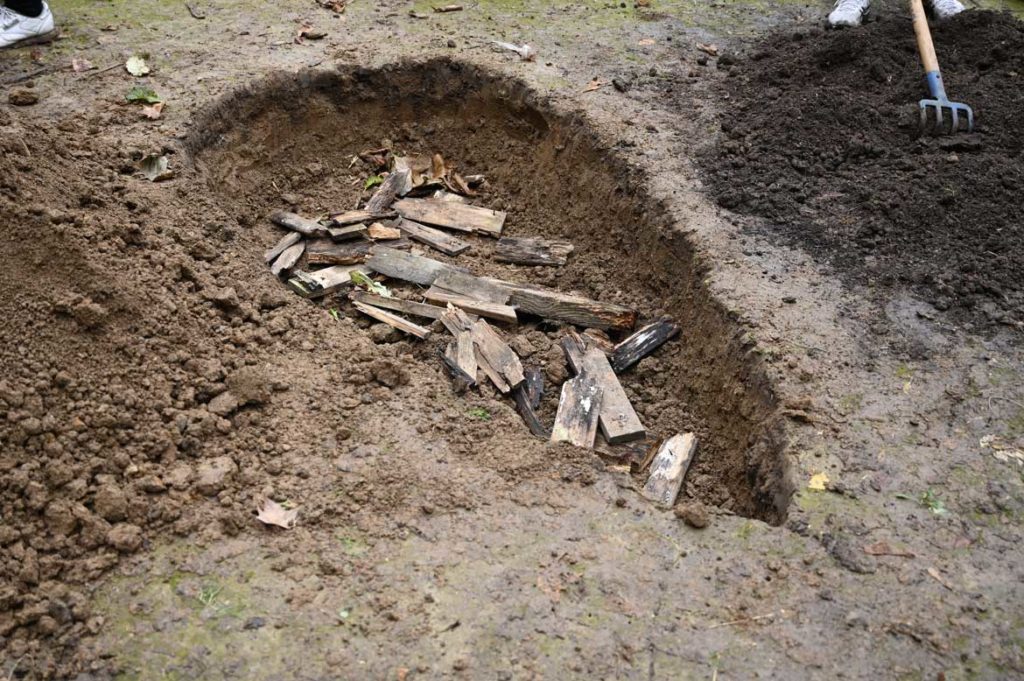
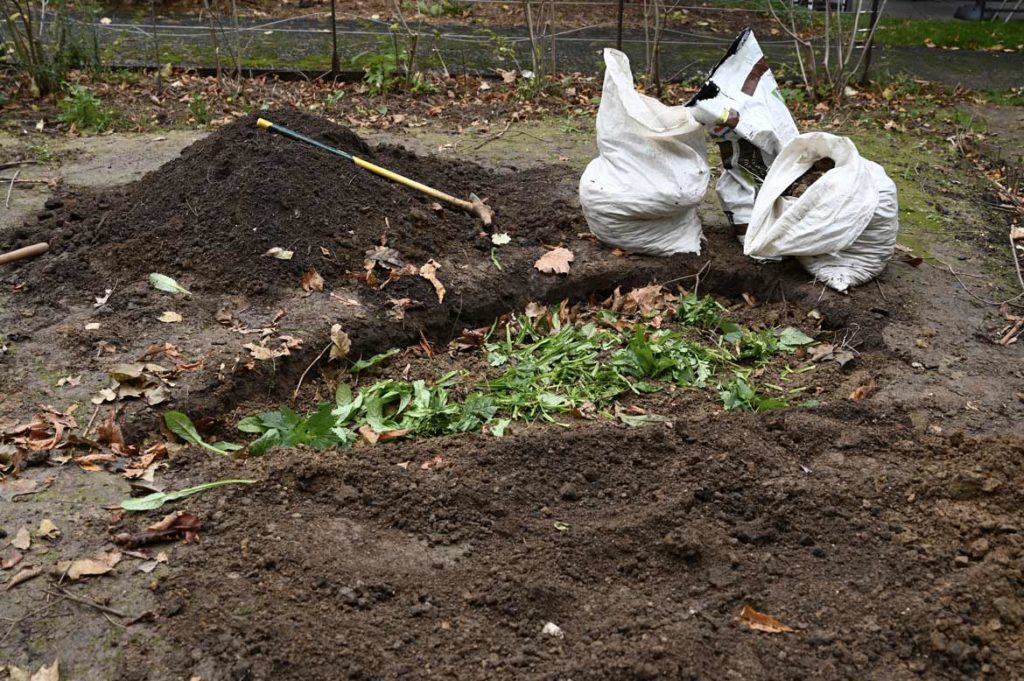
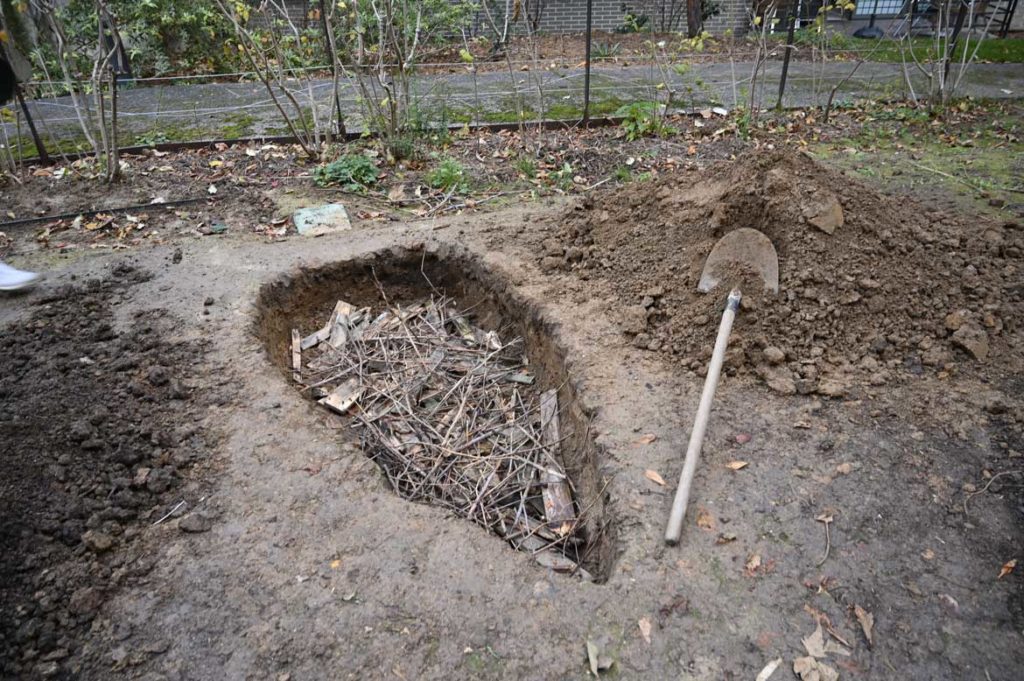

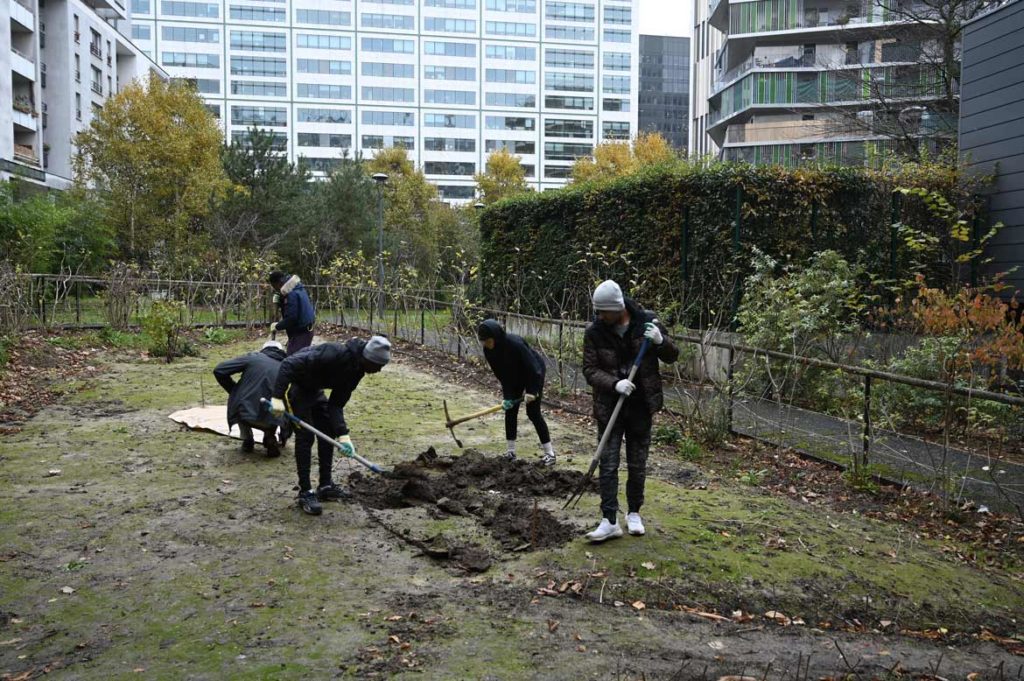
Leave a Reply
You must be logged in to post a comment.